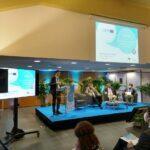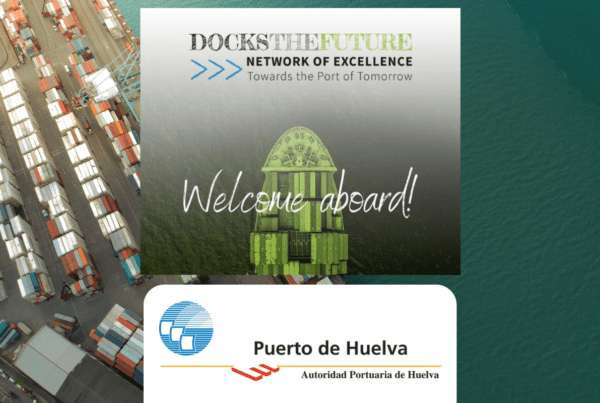On 9th June 2022, in Venice, leading representatives of international maritime organisations show the results of the INTESA Project and future prospects for cooperation in the Adriatic-Ionian area to increase port efficiency.
As of today the Adriatic ports are equipped with the most modern technologies to optimise port procedures for the ship cycle and port entry & exit, safeguarding safety requirements and laying the foundations for the integration and transmission of maritime safety information in the Adriatic.
This result is the fruit of the cooperation between the Italian and Croatian National Maritime Authorities and the main Port Authorities of the Adriatic (Venice, Trieste, Ravenna, Ancona, Bari, Rijeka Ploce and Split), which have been working together for more than three years to optimise the procedures of the entire maritime transport process, in order to make the port and maritime transport system more efficient and safer.
This path was the one discussed at the Maritime Station in Venice, during the international conference organised as part of the EU – INTESA Project (Improving Maritime Transport Efficiency and Safety In Adriatic), financed by the INTERREG Italy-Croatia 2014-2020 Cross-Border Cooperation Programme and coordinated by the North Adriatic Sea Port System Authority – Ports of Venice and Chioggia.
Representatives of international bodies in the maritime sector showed how INTESA Project has enabled the Italian and Croatian administrations and some port authorities of the two countries to pursue the objective of greater safety in maritime operations and improved nautical accessibility, as well as an increase in efficiency in the performance of operations themselves.
This was also made possible thanks to the implementation of high-tech equipment and high-level training activities for pilots, among them:
- Tide gauges digital platforms that integrate real-time data on marine weather conditions and navigation aids.
- The so-called ATONs, virtual buoys that signal the best navigation routes to pilots and captains.
- Pilot Portable Units and other navigation aid that integrate the Automatic Identification System (AIS) data of ships.
- Very high-precision cartography.
During the meeting was also addressed the topic of how the Adriatic ports can face future challenges through technology and data exchange. In this respect, new technologies and solutions were also deepened. Among them: IoT – Internet of Things, the use of aerial or aquatic drones, the Truck Appointment System or Vehicle Booking System (digital platforms that allow transport companies to book a precise time slot in which to enter terminal gates), fast corridors (intangible infrastructures, road or rail, that simplify and streamline customs procedures) and Blockchain.
In order to be truly competitive, the ports of the future must be able to face challenges and critical issues with a different point of view that places innovation and the use of technology and data at the heart of their strategy. Information & Data sharing through digital infrastructures is decisive for better planning port operations, guaranteeing higher levels of safety, nautical accessibility and logistical efficiency: the core objectives of the INTESA Project.
EU INTESA Project – Improving Maritime Transport Efficiency and Safety in the Adriatic
Project co-ordinated by ADSPMAS, financed by the Interreg Italy-Croatia Cross-border Cooperation Programme 2014-2020 (managed by the Veneto Region), for over 2.8 Mln Euro, carried out activities to harmonise and optimise maritime transport procedures and processes in the Adriatic, to make it more efficient and safe through cooperation between the National Maritime Administrations of Italy and Croatia and the main Adriatic port authorities (Venice and Chioggia, Trieste, Ravenna, Ancona, Bari, Rijeka, Ploče and Split). The project was declared a best practice of the EUSAIR Strategy – Pillar II “Connecting the Region” for the maritime safety of ports and the efficiency of Adriatic-Ionian maritime transport. – Discover the Project website.
















